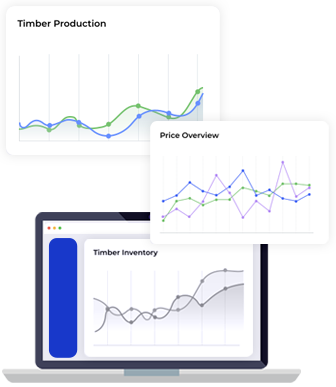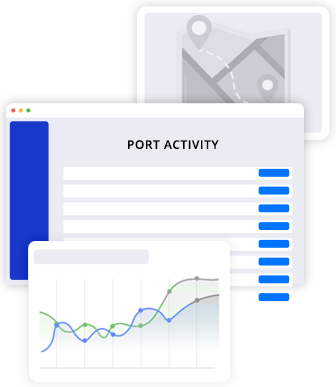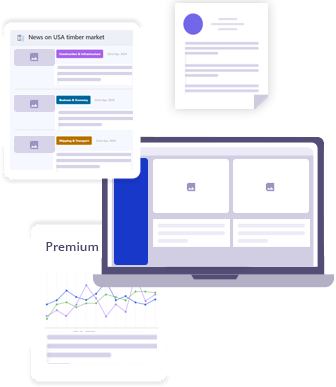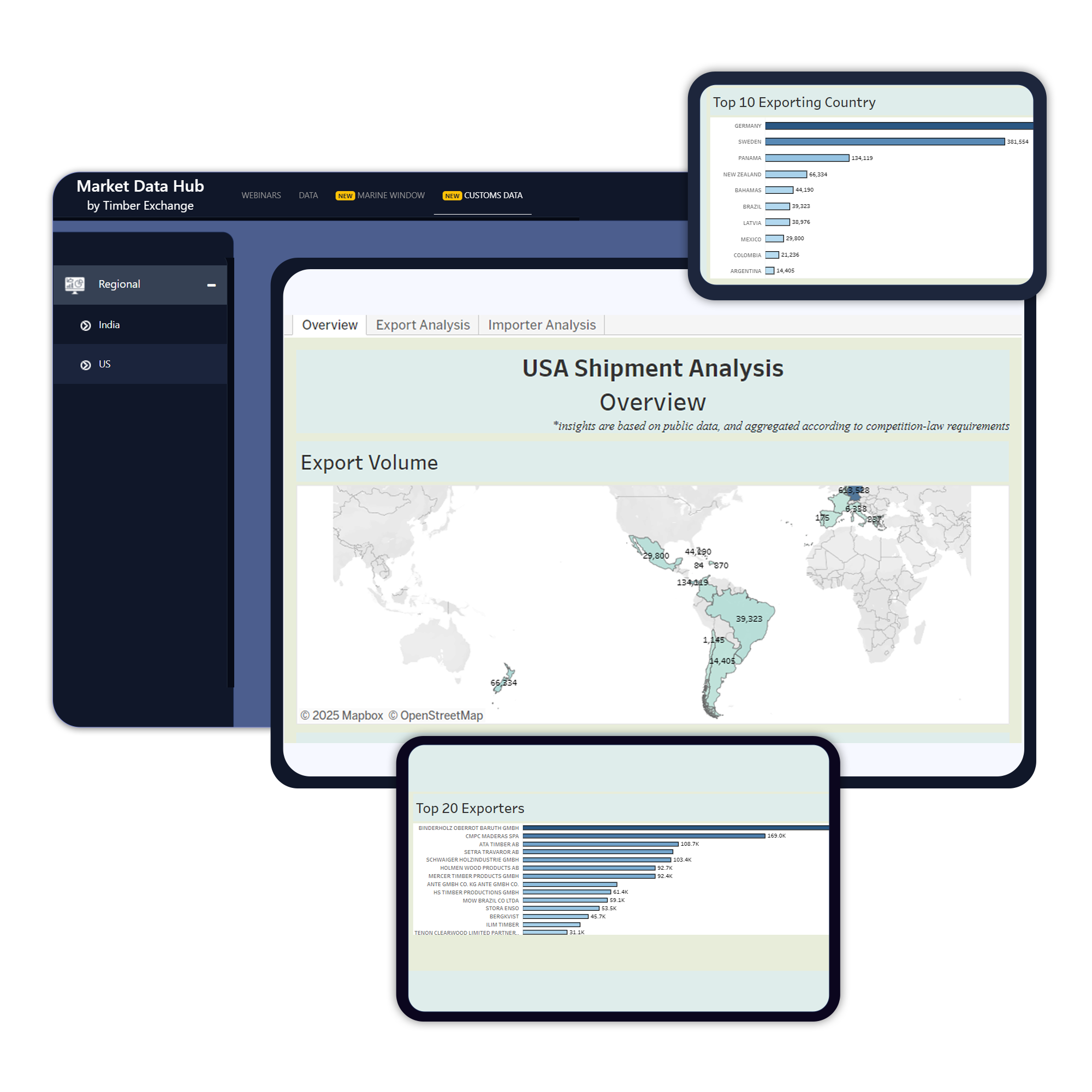
U.S. construction spending dips in March, yet shows positive yearly trend
Posted on May 3, 2024 |
In March 2024, the total construction spending was estimated at a seasonally adjusted annual rate (SAAR) of $2,083.9 billion, showing a slight decrease of 0.2% compared to the revised February estimate of $2,087.8 billion.
However, March 2024's figure represents a significant increase of 9.6% compared to March 2023's estimate of $1,901.4 billion.
During the first quarter of 2024, construction spending amounted to $461.0 billion, marking a notable 10.6% increase from the same period in 2023, which totaled $416.7 billion.
Private construction spending in March 2024 stood at a SAAR of $1,600.8 billion, slightly down by 0.5% from February's revised estimate of $1,608.5 billion.
Within private construction, residential spending reached a SAAR of $884.3 billion in March, indicating a slight decrease of 0.7% from February's revised estimate of $890.9 billion.
Nonresidential construction in March 2024 was at a SAAR of $716.5 billion, showing a decrease of 0.2% from the revised March estimate of $717.6 billion.
Public construction spending in March amounted to a seasonally adjusted annual rate of $483.1 billion, reflecting a modest 0.8% increase from February's revised estimate of $479.3 billion.





